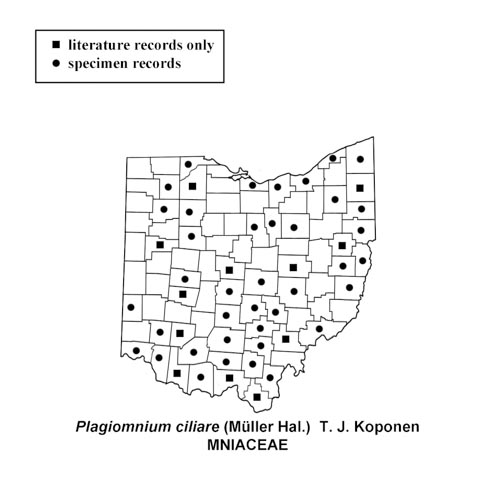Plagiomnium ciliare
“saber tooth moss”
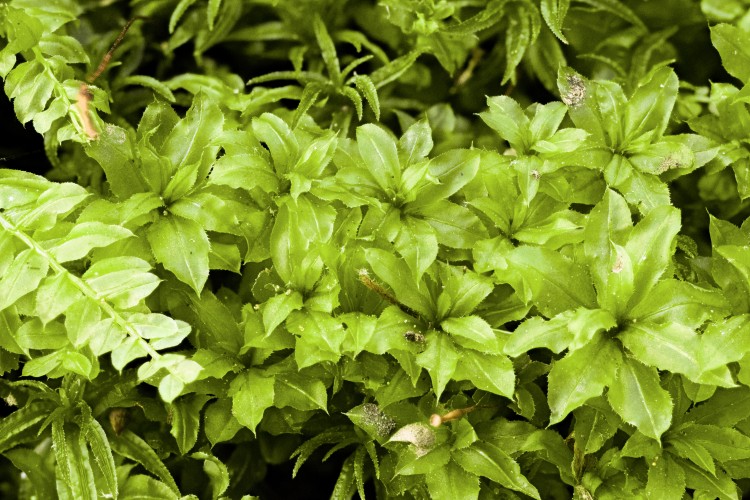
Plagiomnium ciliare at Slate Run Metro Park, Pickaway County, Ohio. June 14, 2014.
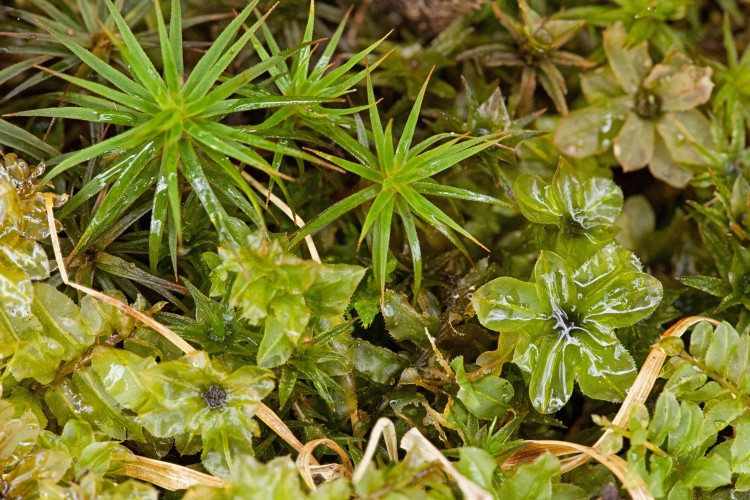
Plagiomnium ciliare and Polytrichum sp. at Batelle Darby Metro Park. January 13, 2013.
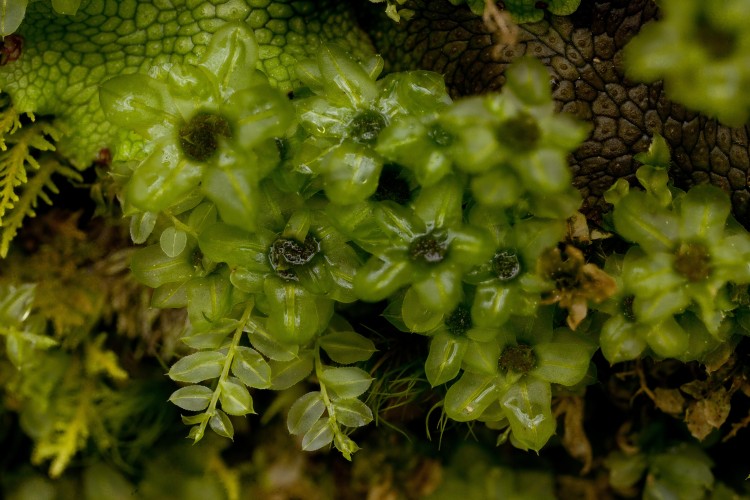
Plagiomnium ciliare with dark antheridia (male gametes) in center of leaves.
Deep Woods Preserve, Hocking County, Ohio. May 7, 2011.
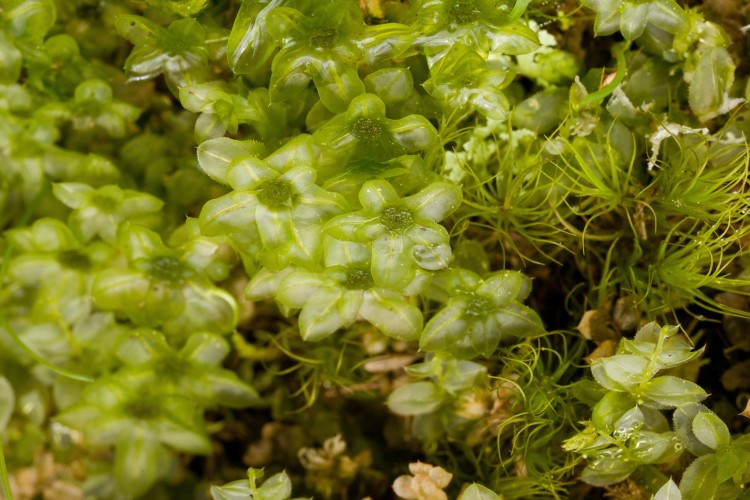
Plagiomnium ciliare at Deep Woods Preserve, Hocking County, Ohio. April 30, 2011.
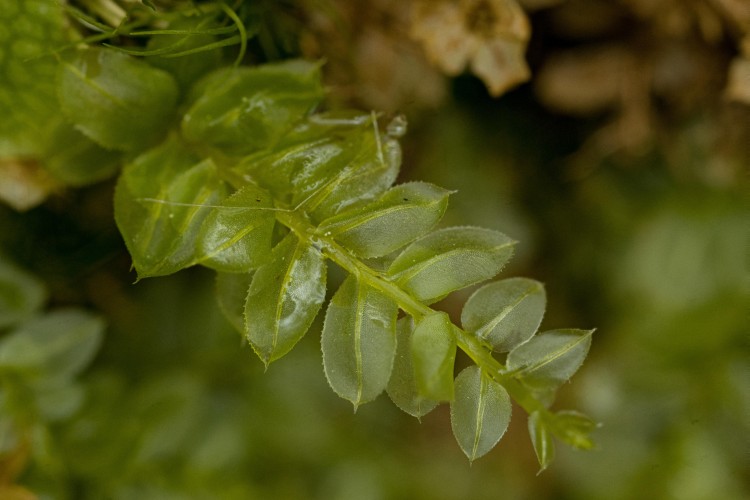
Plagiomnium ciliare at Deep Woods Preserve, Hocking County, Ohio. April 30, 2011.
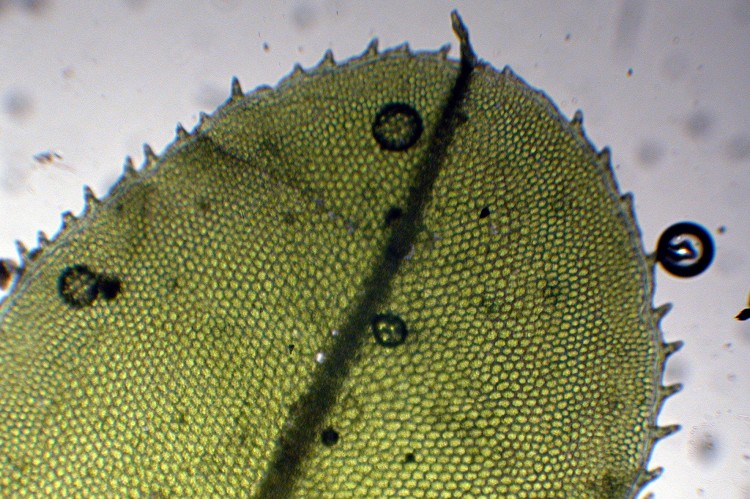
Plagiomnium ciliare leaf.
How to recognize saber tooth moss: Like all Plagiomnium species the leaves of P. ciliare have single teeth, and there is a border of long cells which can be seen with a compound microscope. The plants are medium sized and grow in loose to dense tufts. The leaves are long-decurrent and the teeth on the upper part of the leaf are 2-4 celled and extend to the base of the leaf even though they may be much shorter there. They are hard to see with a hand lens, but these teeth to the base of the leaf are the distinguishing feature from Plagiomnium cuspidatum. Non-fertile stems of the plant appear flattened (complanate).
Where to find saber tooth moss: Plagiomnium ciliare grows in shady places on soil, rotten logs, tree bases and rocks in woods.
